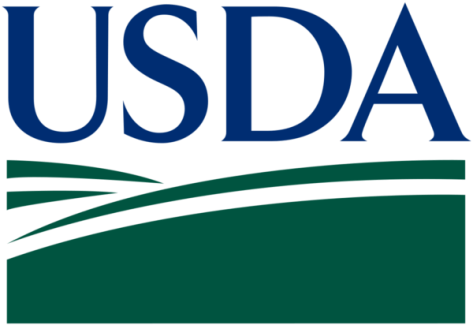Reproduction management in a dairy herd is consistently a subject that brings attention, and the constant search to maximize efficiency is always a hot topic among producers.
The 21-day Pregnancy Rate is the index we typically use to measure reproductive performance, where we can see how fast eligible cows become pregnant after the voluntary waiting period (VWP). Many strategies can be used to improve reproductive success, and here we have three points of interest that all producers should take a look at when measuring their reproductive numbers and setting up future goals for their herd.
1. Transition period
The transition period is the period of three weeks before calving to three weeks after calving, where the cows switch from a stage of late-pregnancy, non-lactating to non-pregnant and lactating, and meeting the requirements to overpass these events is one of the major challenges faced by the lactating dairy cow.
It is known that cows usually struggle in the period right after calving. An intense negative energy balance with high loss of body condition score and incidence of diseases will delay the resumption of cycling activity, reduce fertilization rate, affect embryo quality and reduce pregnancies 15 and 30 days after insemination, as well as increase the risk of pregnancy loss.
But recent research has also shown a correlation between loss in body condition score during the pre-partum period (dry period) with impaired immune function, leading to higher risk of development of post-partum diseases. So, special attention to nutrition, environment, grouping strategies and health monitoring of cows in the transition period is necessary to ensure that cows will enter on the reproduction phase of their productive life with their full potential.
2. Heat detection rate
The 21-day Pregnancy Rate is determined by the combination of Heat Detection Rate (HDR) and Conception Rate. As cows reach the herd’s VWP, they are eligible to be inseminated and become pregnant for the next 21 days. And here the math is simple: for a cow to have a chance to become pregnant, she needs to be inseminated. And how aggressive you will be able to find cows in estrus for A.I., plus the timed A.I. (TAI) program you will use to submit cows not observed in estrus for insemination, will determine your HDR.
So, it doesn’t matter what heat detection method you use – tail chalk, pedometers or accelerometers, other heat detection aids – or synchronization protocol for TAI; the important aspect is to be aggressive on finding eligible cows to receive A.I. and have a chance to become pregnant.
3. Compliance to the synchronization protocol in place
Synchronization protocols for TAI are an important portion of many herds that use this tool to submit their cows to an A.I. breeding. In this case, compliance to the protocol is the key to a successful TAI program. Even when all injections of the program are given at the right time and place, by trained personnel, with the indicated syringe and needle, with the correct dose, it is estimated that only 85 percent of cows will synchronize to the protocol.
Unfortunately, cows do not respond to all injections 100 percent of the time. But even worse, an estimation of the Dairy Cattle Reproductive Council shows that in a five-injection program, only 77 percent of cows will have a chance to be synchronized if the compliance to the protocol decreases from 100 percent to 95 percent.
If the number of cows receiving the right injection drops to 90 percent, the scenario is even worse. Only 59 percent of these cows will have a chance to be synchronized at the end of the protocol.
Written by Glaucio Lopes




